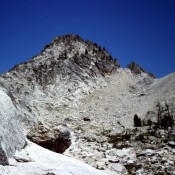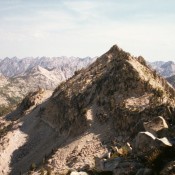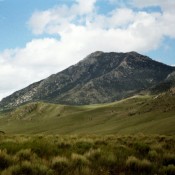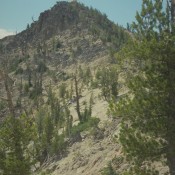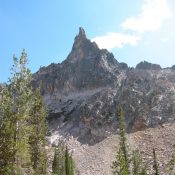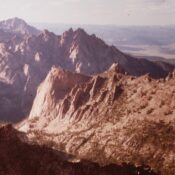
Climbing, history and access information for this peak is on Pages 176-180 of the book. Updated December 2023 The Elephants Perch is the famous western summit of Saddleback Mountain. The Elephants Perch encompasses Idaho’s most famous big wall. It is a complicated granite wall which has attracted climbers for years. The vast majority of climbers approach the peak from Saddleback … Continue reading
